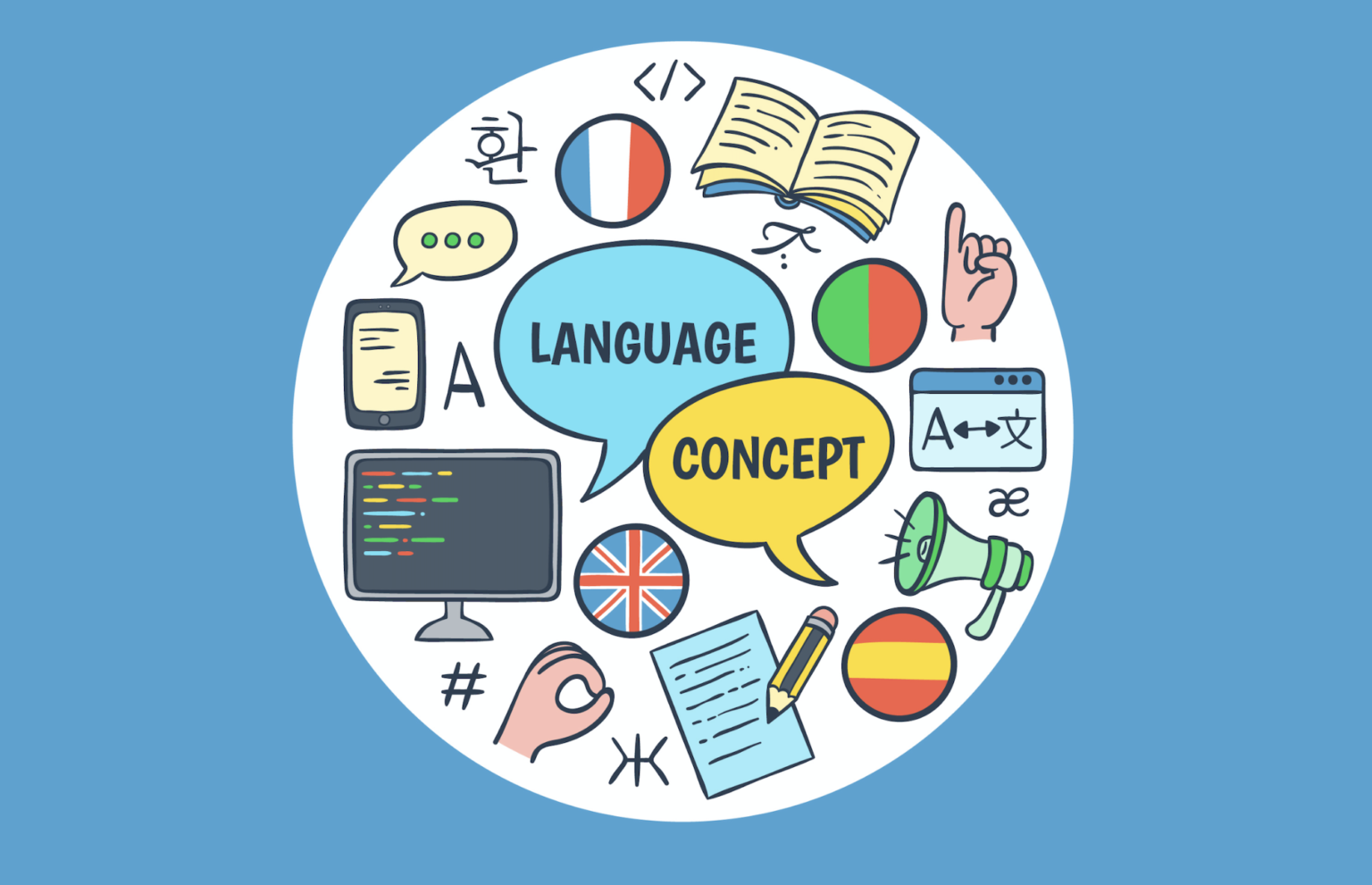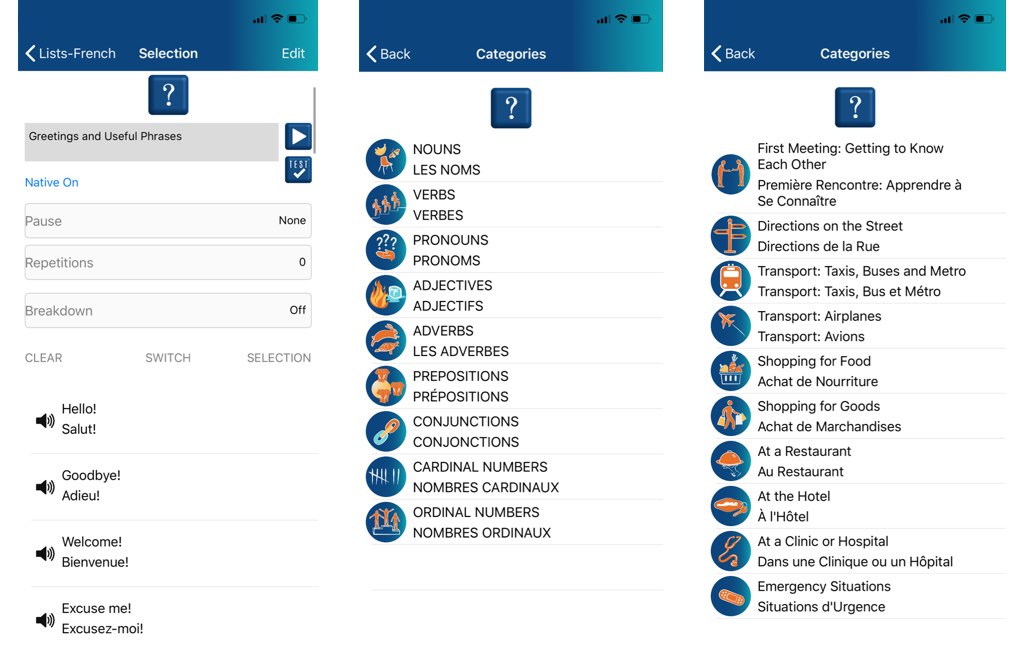How To Teach A Language To Beginners
When it comes to learning a new language, at some point we are all beginners. Teaching a language to beginners presents its own unique challenges, but also can be incredibly rewarding. Figuring out how to teach a language to beginners can make the process easier. While the students may have very little experience with their new language, you can harness the power of their enthusiasm to learn along with the benefits of a “blank slate” to work with.

Let’s take a look at some language teaching methods for beginners and how you can put them to use for your student’s success!
Tips For Teaching A Foreign Language To Beginners
Teaching languages is never an easy task, but it is a lot simpler when you have all the tools you need. Let’s look at a few tips for teaching a language that will make the job at least a little easier, especially when it comes to students who are taking the first steps on their language learning journey.
1. Make Your Lessons Easy To Digest
New students might be enthusiastic, but you do not want to drown them in information that dampens that excitement. One of the worst mistakes made when teaching languages is overloading the students with too much at one time. Lessons need to be simple, easy to digest, and broken down into retainable segments that logically flow from one to the next. There are some simple ways you can ensure that your class is optimized for teaching a foreign language.
- Structure – Both your curriculum and your class should be properly structured. When it comes to the class itself, keep it broken into small segments. Let your students warm up to get used to being in the new language and practice what they have already learned before moving into learning something new. Every language has its own structure too, so your curriculum should follow that natural curve.
- Get Physical – As a teacher, you have one of the best tools for teaching foreign languages built right into you. Your body. While we might not always understand the words being spoken, gestures and body language can help to get a point across and help a student understand a word better.
- Group Things Together – When it comes to learning vocabulary, find ways to put alike things together. Grouping words into categories together in themed lessons will help students relate the words to the theme.
- Repeat For Retention – Teaching a foreign language is easier the more you repeat the words, phrases, and concepts. Don’t be afraid to repeat the lessons as much as possible until you are certain the students are retaining the information.
- Use An App – Using a language learning app like Encore can help your class to learn by making your lessons portable.

Be aware that all of this is based around making sure your students are understanding your lessons and retaining them. If the students are having trouble, don’t be afraid to be flexible and find a plan and structure that works best for your class.
2. Make Your Lessons Fun
You might be wondering how to teach a foreign language creatively to beginners and keep their enthusiasm. The answer is simple: make it fun. Teaching a foreign language should never be boring, there are too many tools at your disposal that will let it stay exciting. Keeping your students engaged with a unique approach to learning new languages can be done in a many ways, here are some ideas:
- Movies and TV – Entertainment is fantastic to teach languages, because there are so many options at your disposal. Streaming services have options for different languages both spoken and subtitled, meaning you can turn a familiar film into a learning experience.
- Games – Many of the top apps for teaching languages use a form of gamification to keep users engaged and trying to get a better score. This lets students track their progress in a fun way and give them goals to attain. You can put these same principles to work in the classroom with games and goal tracking.
- Performance – Dramatic performance can help students to learn and retain a language in a fun way that puts to use many principles we have already mentioned. Learning the lines involves repetition and the performance can involve physical movement to help get the meaning across.
- Role Playing – Similar to dramatic performance, but instead of performing plays the students are playing roles of real life situations they might encounter. This can be a fun way to teach languages that also prepares students for real word usage.
These are a few methods for how to teach someone a language in a fun way. This is certainly not a comprehensive list, and the only limitation is a teacher’s creativity.
3. Be Encouraging
We talk a lot about how to teach a language, but sometimes we forget that one of the most important parts of the job is letting your students know that they are progressing well. We spoke a little about gamification and goal tracking, but sometimes the students will need motivation when they are struggling most. When teaching languages, be sure to celebrate the small victories as well as the big ones, but also be certain to celebrate when failure becomes victory. Making a mistake can bring down a student’s morale and esteem, so celebrate overcoming them. If you are looking for a way to teach languages to beginners and keep them interested, encouragement is one of the best tools you have in your toolbox.
4. Teaching A Language With Encore!!!
There are a lot of apps out there that offer options for how to teach a language to users, but an app that is one of the best resources for language teachers is Encore!!! Encore!!! offers tools that are unique and useful for language teaching in a classroom. Teachers can record and design lessons in the app using the MyEntries feature and then share them with their students. The MyEntries feature of Encore!!! also gives you the ability to create vocabulary lists, record dialogue for practice, or any other content that a teacher can use with their class.

Encore!!! also works as a testing tool for language teachers too. Teachers can create quizzes and tests, then send them right to their students in the app for them to take. Encore!!! is a solution for how to teach a language to beginners that can help you incorporate all the tips we have discussed above.
Conclusion
If you teach languages to English speakers or teach English as a second language, having students who are total beginners can feel intimidating at first. Being prepared with a plan can help make it easier. Making sure your lessons are well structured and easy to digest, and keeping students engaged with fun methods of learning, as well as a healthy dose of encouragement will help keep your students enthusiastic to learn!
Encore!!! is an app that gives teachers a way to do all those things and more. Having a tool like the MyEntries feature lets teachers create lessons for their students and let them keep learning even when they leave the classroom. Using Encore!!! with the methods listed in this article ensure your students go from being beginners to experts.
Frequently Asked Questions About How To Teach A Language
How do you start teaching a language?
If you are looking to start teaching then the first thing you would need is a bachelor’s degree. After that, you can look at getting certifications for being a language teacher. Different schools will have different requirements, so determine your goals and where you want to work and go from there.
What should I teach first when teaching a language?
When teaching a language, the first things you should teach are basic greetings and forms of address, along with phrases that can be useful in the classroom. This can help ensure that your students will be using the new language as often as possible in class from the start.
What should I teach my new English beginner?
The first things to teach a new English beginner would be the alphabet along with basic phrases and vocabulary. The more solid foundation you start with, the better the student will be prepared for future learning.
What do I need to teach a language?
To teach a language in most countries you will need a bachelor’s degree and a language teaching certification. On top of that, you need to have an idea of what kind of teacher you want to be, and if you want it to be a short-term or long-term career.

